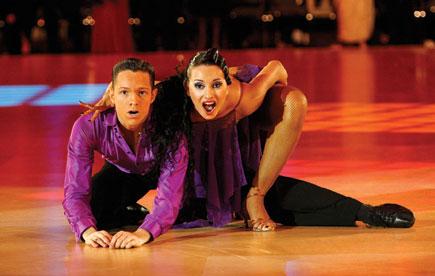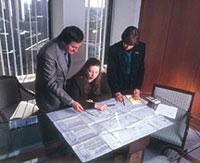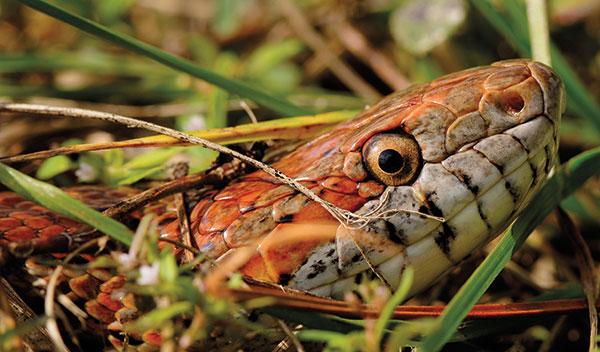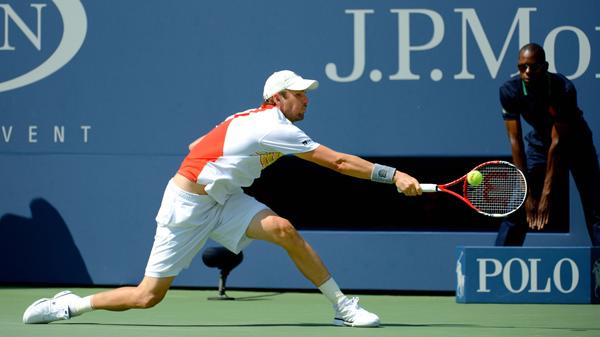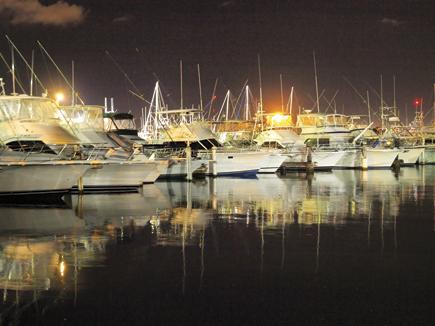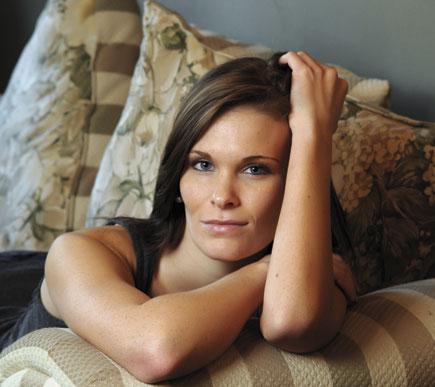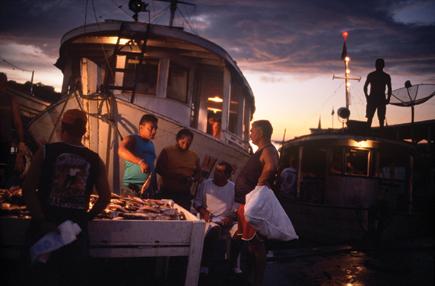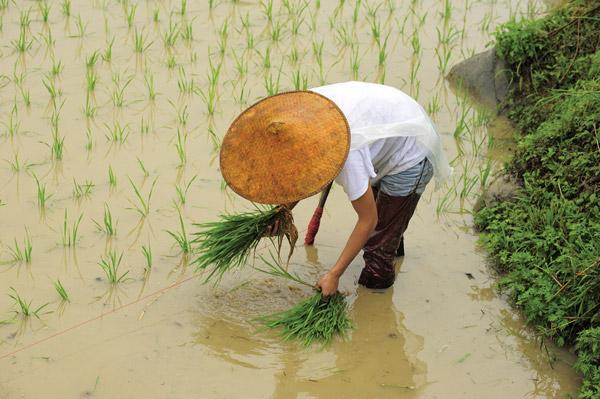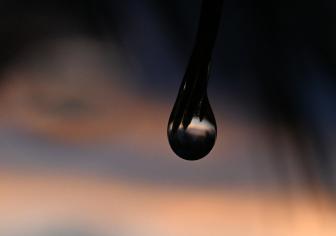Pro Techniques
Sort By: Post DateTitle Publish Date
|
Dec 01, 2007
|
Apr 01, 2009
|
Apr 02, 2025
|
Mar 15, 2013 |
First Published: Feb 01, 2013
|
Oct 31, 2011 |
First Published: Sep 01, 2011
|
Jul 01, 2009
|
Jul 01, 2008
|
Nov 19, 2024
|
Mar 01, 2011
|
Oct 15, 2013 |
First Published: Sep 01, 2013
|
Dec 23, 2011 |
First Published: Nov 01, 2011
